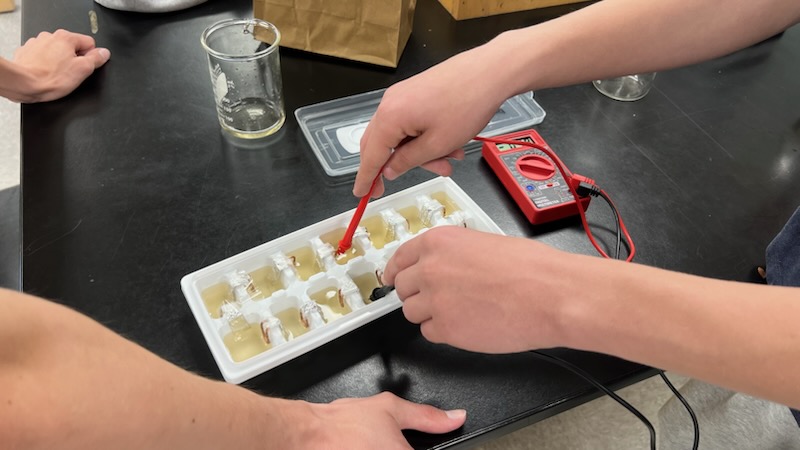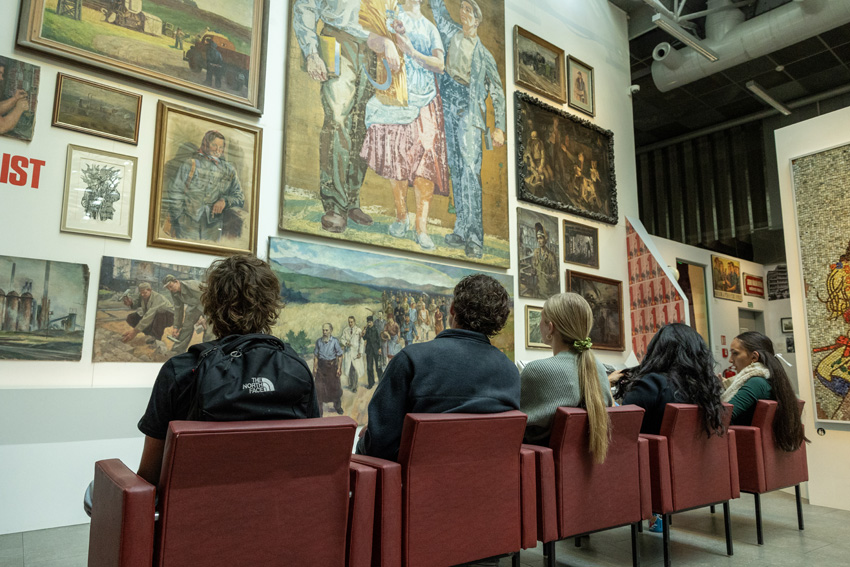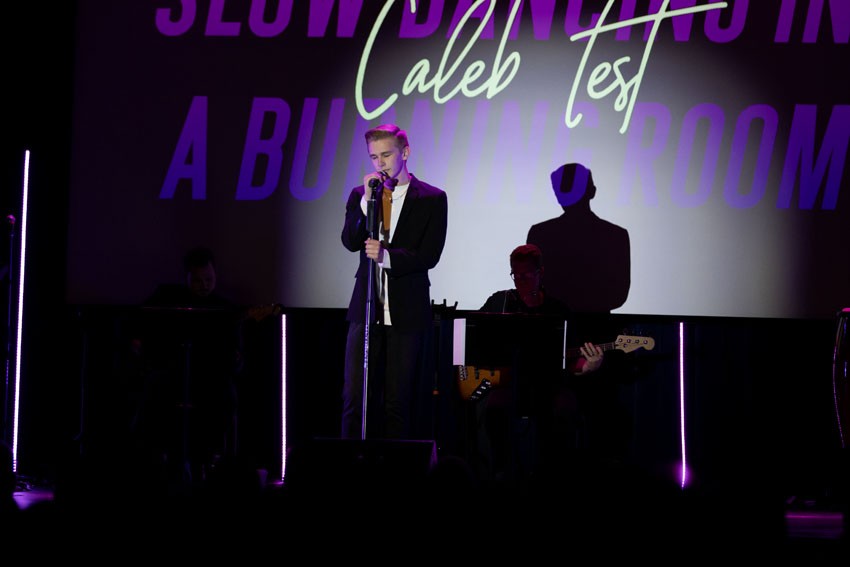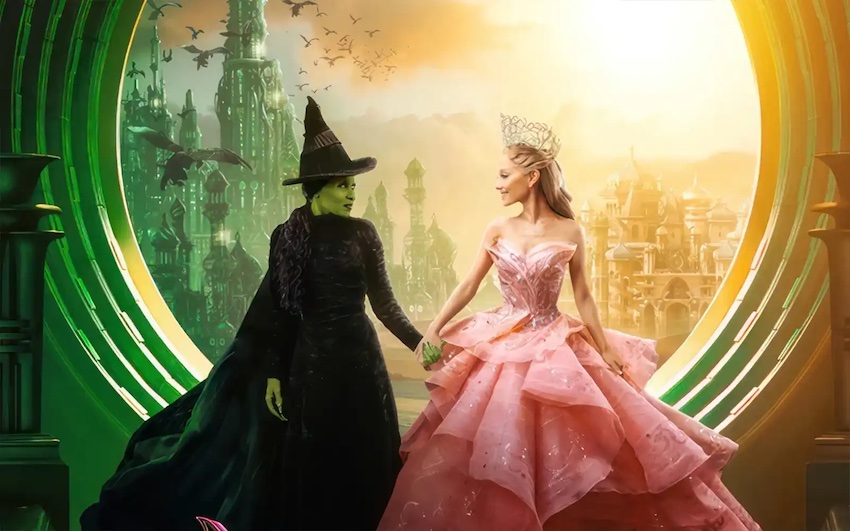The West Coast is the only place on earth where redwood and Sequoia trees can grow and only four percent of them remain. The other 96 percent has been logged through the years.
Critically acclaimed novelist Richard Preston visited the San Joaquin Valley Town Hall lecture series to speak on his new book The Wild Trees. Preston has received numerous awards and is the only person, who is not a doctor, to have been given the Champion of Prevention award from the Center of Disease Control (CDC).
Having recently written about extremely deadly virus’ and their after math in his book, The Hot Zone and his 2011 collaboration Micro with late author Michael Crichton, Preston shared in Fresno about his 2006 adventures with California’s redwood trees.
While Preston was surfing on the Internet in 2005, he came across a tree climbing school in Georgia and found out they teach the average person to climb a tree in the way arborist do. After hearing about the school Preston began taking his kids with him on his tree climbing adventures, including sleeping on a tree boat hammock in the tree more than 50 feet in the air.
“Some years ago I finished a series on dangerous lethal virus’, my so called dark Biology Trilogy; the Ebola virus and small pox were featured in the books. At the end of these books, I really didn’t want to write another book about dark biology,” Preston said, “In the mean while, while surfing through the Internet, I found out about a tree climbing school in Georgia. I heard you could learn to climb trees in the same way arborist climbed trees.”
As the lecture continued, Preston began to talk about the differences between rock climbing and tree climbing: rock climbing forces a person to make contact with the structure and pull your own body weight up while tree climbing does not require physical contact with the tree at all, if so very little. Preston reiterates the safety of the tree, to preserve the natural beauty and sophistication of the living organism.
With all of his funny personal anecdotes Preston was able to engage the audience in what he really wanted to talk about: the giants among us, the redwood trees. One of the largest species of trees that live among us are the Sequoiadendron giganteum; the Redwood trees that are apart of the cyprus family and have relatives around the world in China and in Chile. Redwoods can live up to ten thousands years old. These giants only live ten miles from the coast principally in Del Norte, CA.
“This is a distinct species of tree from the giant sequoia magnificent that lives right near you {the audience}. The Sequoias are some of the most incredible organisms on the planet,” Preston said. “The exact species are Sequoiadendron giganteum, both the Coast redwood tree and the Sequoia tree are members of the cyprus family; in fact they are both cyprus’.”
The giant Sequoias are believed to be the oldest living trees on the planet in terms of their mass, but they are not the tallest. They range from 200 to 250 feet. Many may have not known but redwoods are rain forest trees; they need a rain forest environment to live. Preston says that many do not beleive that the redwood forest is a rain forest but most of the public has never climbed to the higher parts of the tree so they will never see the lush green ocean of branches the flow with the wind.
Preston continues to engage the crowd with stunning facts and analogies; for example Preston showed the audience a picture of a redwood seed placed on a dime. The seed was only a quarter of the size, but that seed could be a 350+ foot monster with the age accumulating more than 2,000 years.
The redwoods are not just trees that produce oxygen for humans to live but they are also home to many salamanders, birds, insects, spiders and fungi some which are deadly to other animals of which some are only found at the upper reaches of redwood trees. Preston went on to discuss how rare, fragile and diverse the eco-system of the canopy. There are as of yet undocumented or named plant, insect and animal life which only lives there. In fact he indicated a parallel to the redwood canopy above 250 feet to its highest points near 380 feet as like the corral reefs of the south Pacific.
I was also impressed to find out redwoods are the only tree that can move water vertical throughout the tree where water is lacking (up or down), unlike other trees that can only move water up.
“Some redwoods can grow to 380 feet, 38 stories,” Preston said. “Some of the larger redwoods like the Lost Monarch exist in a secret undisclosed location somewhere in Northern California discovered in the late 1990s by two amateur botanist. The Lost Monarch is believed to be the largest redwood in terms of height. No one knows the exact age of the largest coast redwoods, and that is because no one has been able to drill completely into a giant redwood. The drill is crushed under the weight of the tree.”
Other redwoods like Hyperion, lluvatar and Melkor are amongst the most famous trees. Just the three of the trees’ height combined soar higher than 900 feet. Preston moves on to comment how he was writing a piece for The New Yorker magazine shadowing Steve Sillett and Marie Antoine scientist who conduct various studies on the anatomy of the redwoods. It is at this point the crowd seemed stunned with the adventerous story of how Preston learned to tree climb using climbing ropes in the form of a spider’s web.
Preston’s new book, The Wild Trees, not only talks about the nature of the redwoods but how humans are very much alike. The novel also contains experiences most individuals could never think of encountering. Preston also says the book contains a love story within.
At the end of the lecture, Preston demonstrated on the Saroyan stage how to climb a 350-foot redwood tree with two helpers that included one of Fresno Christian’s very own: senior videographer Juan Ruelas, ’13.
To find more information on Richard Preston or his new book visit his website. The next San Joaquin Valley Town Hall Lecture will feature Robin Wright.
For more features, read the Jan. 10 article, New locked doors policy enforced, enhance student protection.






